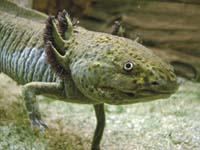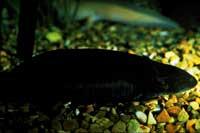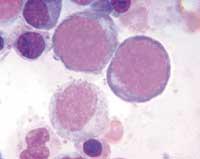The ability to form the axolote is a matter of memory
2009/09/01 Elhuyar Zientzia Iturria: Elhuyar aldizkaria

Axolote, Ambystoma mexicanum, is a Mexican endemic arrabio very interesting for biologists from the evolutionary point of view and the ability to recover. Precisely, a group of researchers just published in the journal Nature a work on this surprising capacity of training.
Researcher Martin Kragl and his team have used fluorescent proteins to see how different types of cells from a seemingly equal group of cells form. In fact, when axolots lose a part of the body, they are reformed from a group of cells called blastems.
Blastema cells are mature but have the ability to transform into more than one type of cells: bone, cartilaginous, superficial... Thanks to fluorescent proteins, they have analyzed how this process is carried out. Thus it has been shown that for each type of cell that remains when a part of the body is extracted the same types of cells are generated, although before they go through the blastema phase. They somehow remember what kind of cells are.
Now, researchers want to know what are the cellular signals that guide blastem cells, information that they say will be very useful in human stem cell research.

Gai honi buruzko eduki gehiago
Elhuyarrek garatutako teknologia





